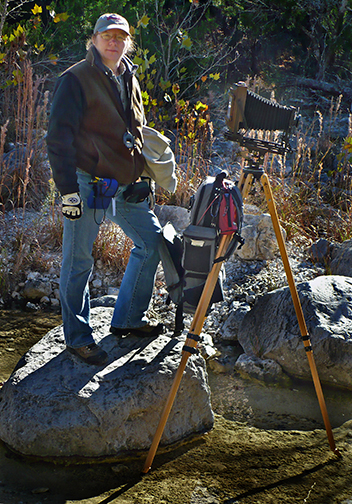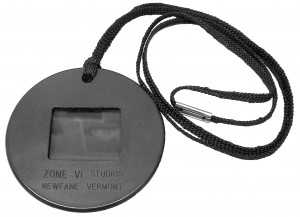 I have struggled for years to understand the concept of what is visually stimulating. Just exactly what does it take to strike a nerve that leads to the successful completion of an expressive photograph? Specifically, why is it that I cannot easily find something in my immediate environment that I find worthy of photographing? There was a time when I really thought there was something wrong with my perception of my surroundings. Edward Weston said something to the effect that, you should be able to look down at your feet and find something interesting to photograph. Doesn’t always work for me.
I have struggled for years to understand the concept of what is visually stimulating. Just exactly what does it take to strike a nerve that leads to the successful completion of an expressive photograph? Specifically, why is it that I cannot easily find something in my immediate environment that I find worthy of photographing? There was a time when I really thought there was something wrong with my perception of my surroundings. Edward Weston said something to the effect that, you should be able to look down at your feet and find something interesting to photograph. Doesn’t always work for me.
The trouble is, I have a difficult time finding anything within my local surroundings that excites me very much. Some of this has to do with the fact that I live on a flat coastal plane at 600 feet above sea level and what I like the most is mountains and snow. I just can’t seem to find barb wire fences to the horizon, hay rolls, or wind mills that interesting.
I used to think this was only a personal mental issue that I alone suffered from, and that I was in some way creatively impaired. I thought that all I needed to do was find some magic somewhere that would allow me to visually connect to what I see every day. There were those times that I was able to find visual stimulation. Such as dense fog, or really interesting clouds, or maybe a rare snow storm. But most of the time I found that I was forcing myself to just get out and that what I created was not something I really cared for. So, why bother?
As I began to associate with other photographers, many living in other areas of the country, what I found was surprising. I met and talked with people that live in some of what I feel are the most visually stimulating places on the earth. To my dismay some of them have no interest whatsoever in even visiting, let alone photographing what I would give near anything to have unlimited access to. I have talked to people that have grown up within a few hours drive of these places and have never visited, let alone ever had even considered to take a look, let alone make a serious photograph of what lay literally in their back yard.
I began to realize that I was not alone when it came to finding inspiration and visual excitement within my immediate environment. I began to think more in terms that this is a normal ‘thing’. . . a ‘syndrome’. . . a ‘phobia’. . . or whatever, that many other suffer from, or in some way deal with, also.
I am a big fan of the late Bill Jay. His writing on photography is classic. I found this excerpt from one of his most popular pieces and it seemed to connect to my thoughts about this perplexing condition;
“. . . in order to photograph with any degree of continuous passion, you must have a fascination for the subject, otherwise you cannot sustain an interest in the act of creation for a long enough period of time in which to make any insightful or original statement about it.” 1
Thank you Bill Jay!
I have now accepted my condition and even dredged up a name for this phenomenon. I call it, “The View Out My Window Syndrome.” There seems to be something about what you have seen every day of your life and how visually exciting that view becomes over your lifetime. At least for some of us, this is some sort of syndrome. The question is, what can you do about it?
I have come to believe that there is little you can do about The View Out My Window Syndrome. . . so you just live with it. Maybe it is more important to accept it and not obsess over something you have little control over. Make it your goal to find and photograph whatever excites you and do not bother with what lay outside your window, especially if it does not excite you!
I started working on this post some time back and have now returned to complete my thoughts. We have had an unusual winter storm here in Texas. We are on the fourth day of cold, ice, and snow. Today we just had another 2-3 inches of new snow. This is the kind of weather we love when we are out in our favorite areas. . . in the mountains or the visually stunning S/W. Yet with all of this nice cold and snow I have little to no interest in dragging a camera out. The back yard is as boring as the back of my hand. I cannot think of any place near by that I would risk driving to that would be visually exciting, even with a gorgeous coating of snow. Maybe if I did get out I could find something, but I really have no inclination to risk being ran over by some idiot driving on ice. When in the mountains or the desert S/W I don’t mind driving 40-50 miles on solid ice to shoot some film. Here, I don’t even want to walk to the mail box. Why? Good question, but this is an example of a bad case of “The View Out My Window Syndrome.”
JB
1 “The Thing Itself; The fundamental principle of photography” First published in Newsletter, Daytona Beach Community College, 1988
http://www.billjayonphotography.com
http://www.billjayonphotography.com

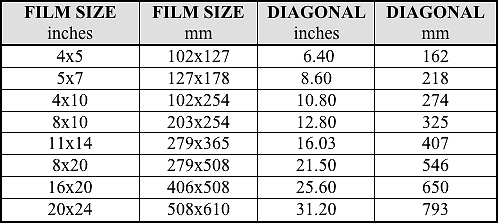
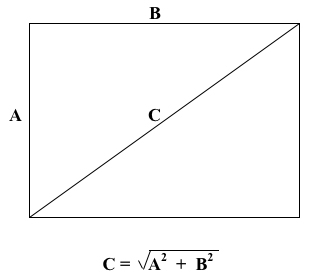
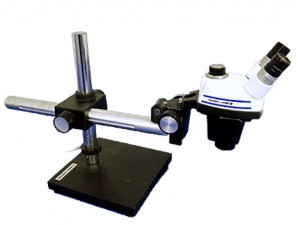
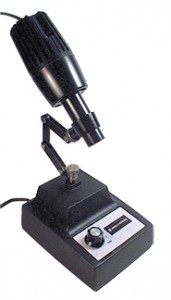


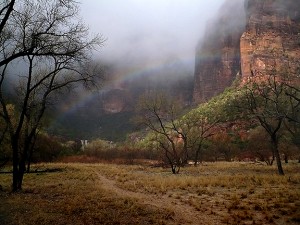
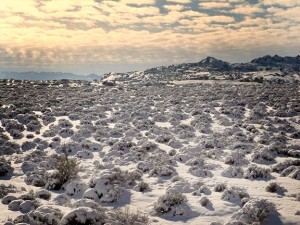
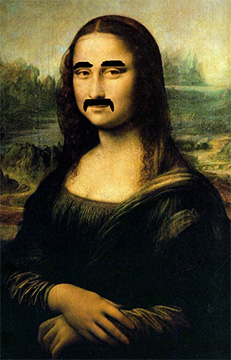


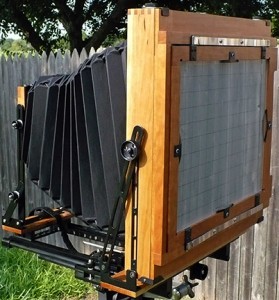
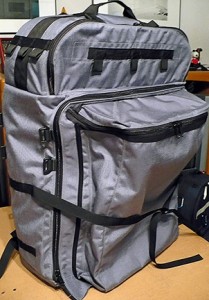
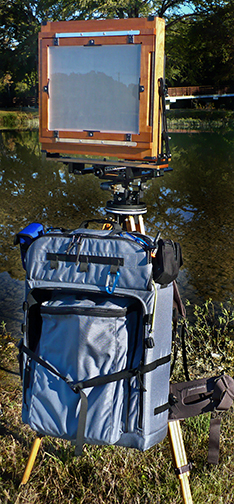 There is always a lot of discussion on how best to carry LF gear in the field. Seems that most people like to carry their camera in a backpack. That is our favorite mode of transportation in the field for sure. We like the backpack idea so much that Susan builds our packs to custom fit our cameras and accessories. All that we have learned about camera packs has been worked out the hard way. We have copied the features of commercial packs that we find useful and modified as required.
There is always a lot of discussion on how best to carry LF gear in the field. Seems that most people like to carry their camera in a backpack. That is our favorite mode of transportation in the field for sure. We like the backpack idea so much that Susan builds our packs to custom fit our cameras and accessories. All that we have learned about camera packs has been worked out the hard way. We have copied the features of commercial packs that we find useful and modified as required.